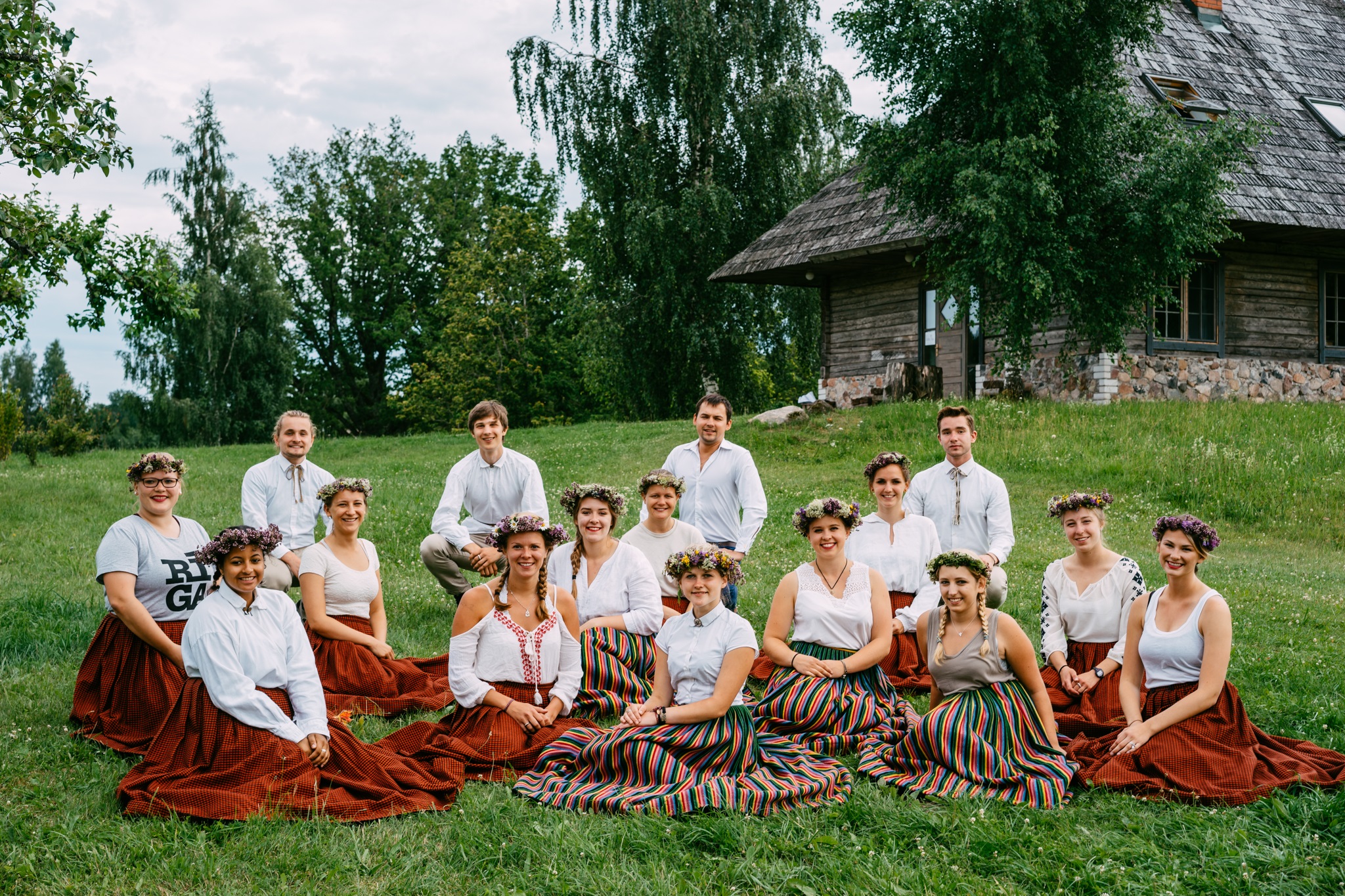By the 12th century, Christianity had become the hegemonic religion in Europe. This power was due, in part, to the consecration of Christian worship as the official religion of the Roman Empire (c. 390-391) – a cult inherited by the new Germanic kingdoms (with the exception of Britain) – and to the missionaries’ effort to evangelize and expand the boundaries of Christendom. The non-Romanized regions fell one after the other into the Christian orbit: in 960 the Danes, in 967 the Poles, in 990 the Swedes, in 1000 the Hungarians, in 1015 the Norwegians, etc. The pagan cult was slowly being uprooted, although it did not disappear until the Catholic Reformation.
The recently converted political elite understood the usefulness of Christianity as a tool to expand the border of their states. In the immense river plain that constitutes the region that borders the Baltic Sea, numerous peoples coexisted, among which the Lithuanian people stand out. The Lithuanians were integrated into clans ruled by a military leader, a duke. However, the Lithuanians were not the only people in the region that maintained their pagan rites: Prussians, Latvians, Estonians, Livonians, Semigallians, or Curonians, among others, maintained their cults despite the efforts of Christian missionaries.
The reason for this opposition to conversion is to be understood as a fierce struggle to avoid being engulfed by neighboring states. Lithuanians, among others, reject Christianity not because they despise its doctrine or ritual, but because they are aware that accepting baptism would mean bowing down to a foreign power. Thus Christ appears alongside other divine natives in the popular imagination such as Perkunas (his main divinity) or Teliavelis (divinity that ruled nature, death, and the economy).
Your fears are justified. Only eight years elapsed between the founding of Lübeck by Henry the Lion of Saxony (c. 1159) and the founding of the Estonian bishopric by Fulco (c. 1167). The successors of Bishop Fulco of Estonia will abandon the miter to take up the sword and expand Catholicism militarily. Meanwhile, the avid German merchants from their bases in Lübeck and Visby – allied with the archbishopric of Hamburg-Bremen – established trading posts in the pagan territory from which to expand militarily and economically. This policy had its successes since it was possible to establish a fort in the Baltic territory at the mouth of the Daugava River. Aware of the news, Innocent proclaimed crusades in defense of the Christian faith and against the pagans: in 1198, 1199, 1204, 1206, and 1216-1218. In 1199 he gave his approval to the plan of Prince Philip of Swabia and the bishop of the newly founded Riga, Alberto von Buxhoevden to try to connect the newly converted Estonia and the eastern part of the Empire. Philip invaded the land of the Lithuanians from the Daugava River with 500 crusaders. It was a success.
Felipe, seeing the success of the company, organizes the Fratres militia Christi Livoniae known as the Brothers of the Sword. This order was intended to be a mobile force with which to harass the Baltic populations. This order was later twinned with the Teutonic Order. The non-unity of the Lithuanian clans was taken advantage of by the Germans to absorb them one by one. These newly converted peoples acted as a striking force against the still pagan peoples. The aforementioned foreign agents were joined by the conquests of the Danish King Valdemar II (c. 1219) and the Swedish King John I (c. 1220), who broke the last resistance of the Estonians in Saaremaa (c. 1227).
The alarm at these events caused the union of the Lithuanian peoples between the Neris, the Nemunas and the Merkys in the figure of Duke Mindaugas. Mindaugas agreed to be baptized in 1253 (crowning himself “King of Lithuania”) to win the support of the Baltic military orders and face the invasion of Lithuania by an alliance promoted by his relatives, between the Archbishopric of Riga and the Slavs of Galizia. . Once the war was over, he expelled the Christian clergy. Moved by the success of the war, they united the unconquered pagan peoples and led them against the crusader forces at Durbe (c. 1260), reaping a resounding success. However, the capture of Konigsberg (c. 1262) and his assassination (c. 1263) turned his previous successes into a storm surge. The Teutons advanced to the current Lithuanian border, subjugating the Baltic peoples of present-day Poland: the Curonians in 1267, the Prussians in 1274, and the Semigalians in 1290.
The period between 1290 and 1383 is a boom period for Lithuania as a state. It supposes the triumph over its traditional enemies. However, the price paid by Lithuanians is very high. From 1290 the pagan practices began to decline significantly and towards 1316 paganism only survived in some nuclei. There is the fact that it survives with more force in the Court than among the people. Traditional beliefs are the banner used by Lithuanian leaders to ensure their independence and justify their policies.





